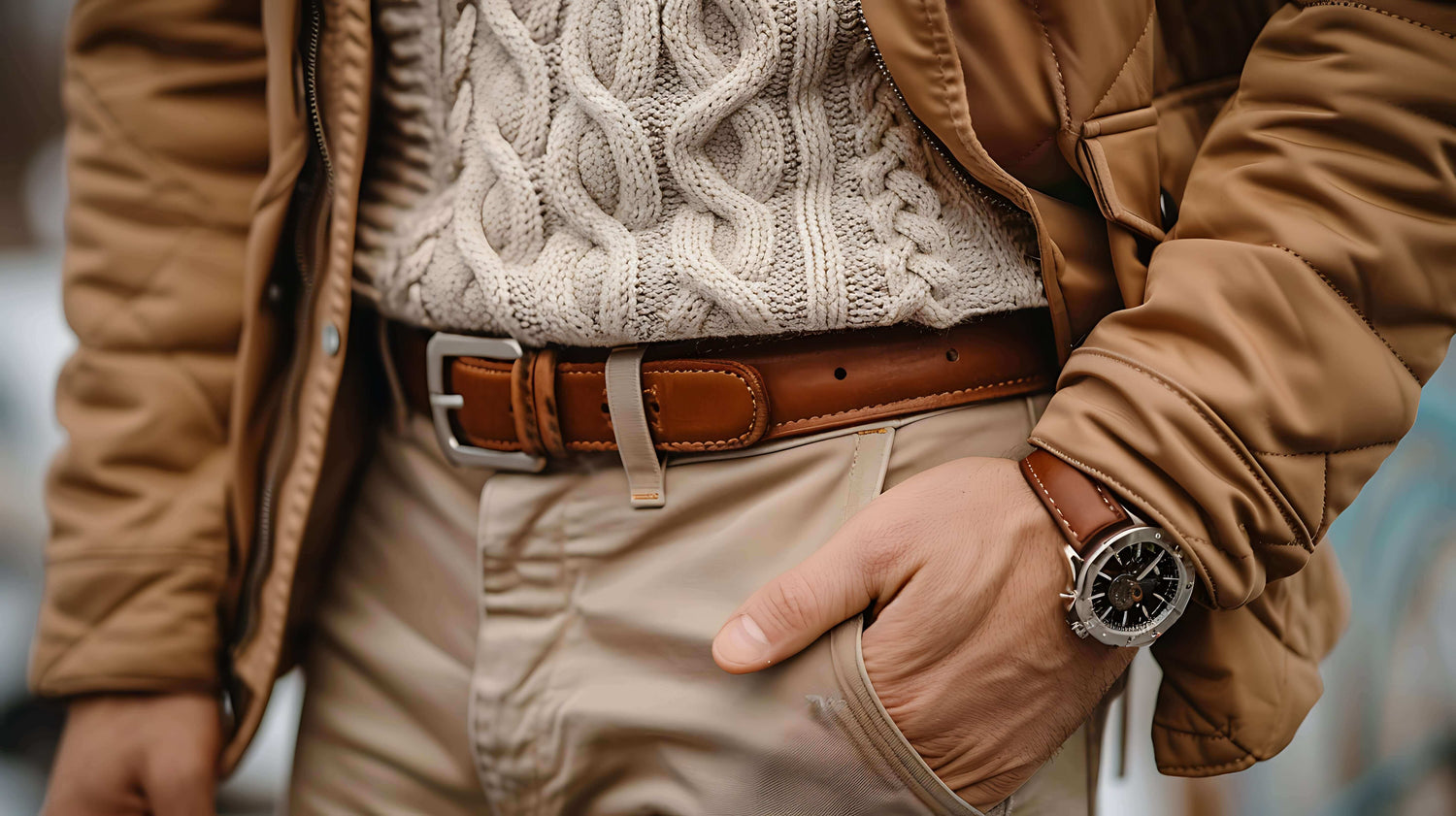Belts are an essential component of any clothing ensemble. They serve both a functional and aesthetic purpose, providing support for pants, skirts, or dresses while also adding style and personality to an outfit. When it comes to understanding the various components of a belt, many people may not know the names of the different parts or what each part does. In this article, we will explore the names of the different parts on a belt, their functions, and how they contribute to the overall design and effectiveness of a belt.
Buckle
The buckle is the part of the belt that holds everything together. It is the component that secures the belt in place and allows for easy adjustment. Buckles can be made from a variety of materials, including metal, plastic, or even wood. They come in different shapes and sizes, depending on the style and purpose of the belt. Some buckles are purely functional, while others are decorative and add a touch of flair to an outfit.

Tongue
The tongue is the piece of the belt that slides through the buckle to fasten the belt in place. It is usually made from the same material as the belt itself, and it is inserted into a slot on the buckle. The tongue is an essential part of the belt, and it needs to be sturdy enough to withstand the wear and tear of daily use.

Prong
The prong is the small, pointed piece that fits into the holes on the belt to adjust its length. It is usually made from metal and can be moved up or down to tighten or loosen the belt. The prong is an essential part of the belt's adjustability, and it needs to be strong enough to hold the belt in place without slipping.

Keeper
The keeper is a small loop that is attached to the belt, usually near the buckle. Its purpose is to hold the excess length of the belt in place once it has been fastened. Keepers are often made from the same material as the belt itself, and they can be either functional or decorative.

End Tip
The end tip is the tapered or pointed end of the belt that is inserted into the buckle. It is usually made from the same material as the belt, and it is designed to fit securely into the buckle's slot. The end tip is an essential part of the belt's fastening mechanism, and it needs to be durable enough to withstand daily wear and tear.

Holes
The holes on a belt are the small perforations that run along its length. They are designed to accommodate the prong of the buckle and allow the wearer to adjust the belt to the desired length. Holes can be made using various techniques, including punching, drilling, or laser cutting.

Stitching
Stitching is the process of sewing the different components of the belt together. It is usually done using a heavy-duty thread and a specialized sewing machine. The stitching can be decorative or functional, and it helps to reinforce the belt's strength and durability.

Material
Belts can be made from a variety of materials, including leather, fabric, vinyl, and even metal. The material used will depend on the style and purpose of the belt. Leather is a popular choice for dress belts, while fabric belts are more casual. Vinyl and metal belts are often used for more decorative purposes.

Conclusion
belts are more than just a piece of clothing that keeps your pants up. They are a fashion statement that can complement your outfit and show off your personal style. Understanding the different parts of a belt and their functions can help you choose the right belt for your needs and ensure that it lasts for a long time. Whether you are looking for a functional belt for everyday use or a decorative belt for a special occasion, knowing the names of the different parts on a belt can make all the difference.
Popular Articles


